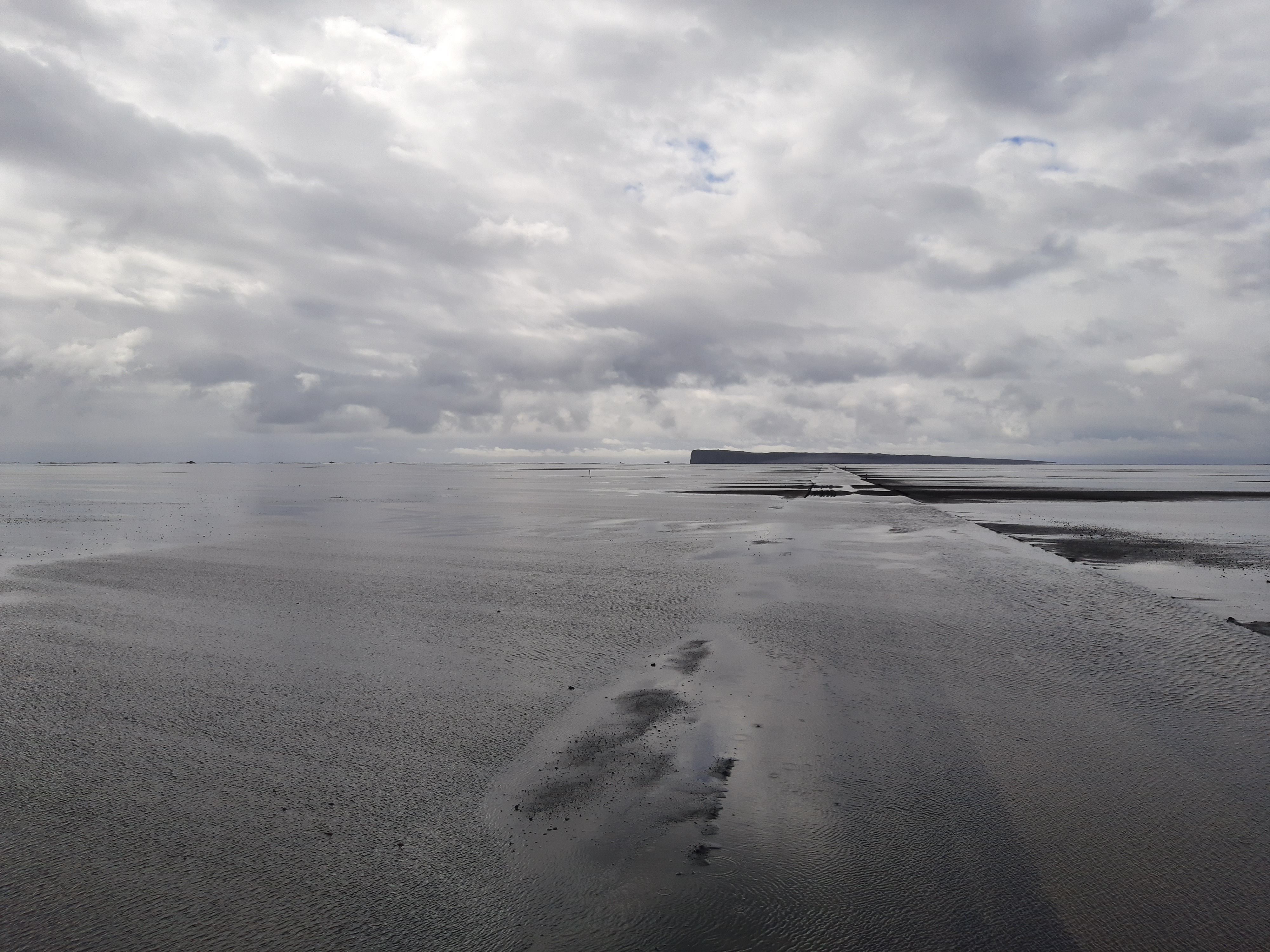Access

Ingólfshöfði is one of the oldest historical sites in Iceland, as it’s where the Nordic people began their settlement.
The distance to Ingólfshöfði is approx. 9 km from the Ring Road and runs over the grounds of Fagurhólsmýri and Hofsnes. It is only passable for off-road vehicles and tractors. The path is marked but runs through mudflats and pits that can be deep, and it can be risky to stray from the path. Visitors are discouraged from driving out to the cape in their own cars and to use the Öræfaferðir tours instead.
Even though Ingólfshöfði is a nature reserve, the traditional usage of the farmers in Öræfi has been allowed to continue, through an agreement with the Environment Agency.
Current structures are to be maintained in consultation with the Environment Agency.
Pedestrians and horseback riders are allowed to travel through the area but are asked to follow the trails on the cape, be mindful not to trample vegetation, not disturb the birdlife and not startle the sheep.
Visitors are asked to not leave any garbage.
Driving is prohibited in the cape, except for those who supervise the lighthouses and have landowner usage rights.
All use of firearms is prohibited.
Visitors are asked to keep the following in mind while on Ingólfshöfði: